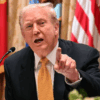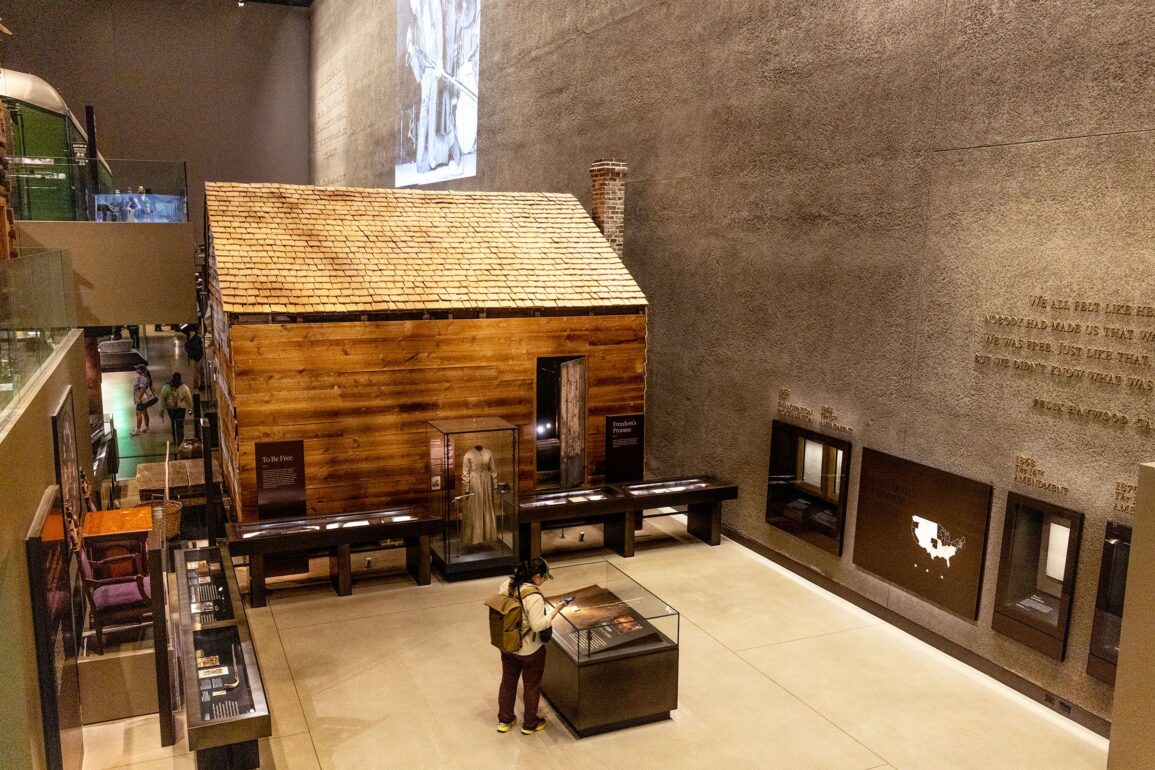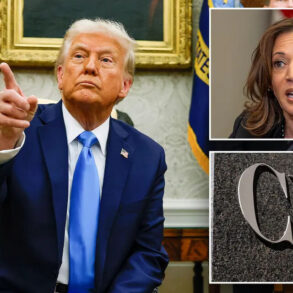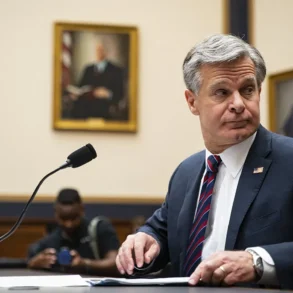On August 19, 2025, President Donald Trump announced plans to review Smithsonian Institution museums, criticizing their focus on what he calls negative aspects of American history, particularly “how bad slavery was.” In a post on Truth Social, Trump claimed the Smithsonian portrays the U.S. as “horrible” and ignores themes of “success, brightness, and the future.” He instructed his attorneys to examine the museums’ exhibits, comparing the process to his administration’s actions against universities.
Trump’s review, which began last week, targets eight Smithsonian museums, demanding they provide detailed information about their exhibits and plans for the nation’s 250th anniversary in 2026. A letter from White House Office of Management and Budget Director Russ Vought ordered “content corrections” to remove “divisive” language. A White House official told NBC News that Trump plans to expand this review beyond the Smithsonian, aiming to hold the institution “accountable” and ensure it aligns with his vision of American history.
The Smithsonian, the world’s largest museum and research complex, includes 21 museums, 14 education and research centers, and the National Zoo. While it receives most of its funding from Congress, its curatorial decisions are independent. This independence has sparked debate about whether Trump’s administration can legally control its exhibits. Critics, including civil rights advocates, argue that Trump’s actions threaten to erase critical parts of American history, such as the realities of slavery. The racial justice group Black Lives Matter posted on X that Trump’s approach seeks to lock the country in a “fairytale” by denying slavery’s atrocities.
The National Museum of African American History and Culture, a Smithsonian museum, has been a focal point of the controversy. Earlier this year, 32 artifacts, including a book of hymns believed to belong to Harriet Tubman, were removed from display, raising concerns among historians. Lonnie Bunch III, the Smithsonian’s first African American secretary, has emphasized the importance of educating the public about slavery’s horrors to help the nation understand its past.
Trump’s push mirrors his administration’s aggressive stance against universities, where he has cut millions in federal funding from schools like Harvard and Columbia, citing issues like antisemitism and diversity initiatives. Some universities have paid hundreds of millions to settle disputes. Similarly, Trump has canceled tens of millions in grants to smaller museums and cultural programs nationwide, arguing they promote “woke” ideologies.
The Smithsonian has stated it is committed to nonpartisan, fact-based presentations of history. However, the administration’s demands, including requests for internal emails and exhibit labels within 30 days, have been called “impossible” by museum ethics expert Janet Marstine. Trump’s executive order also placed Vice President JD Vance, a Smithsonian Board of Regents member, in charge of ensuring exhibits align with the administration’s agenda.
While Trump praised the Smithsonian during his first term, particularly the African American History Museum, his recent actions have drawn criticism for attempting to rewrite history. Supporters, like podcast host Jillian Michaels, argue that the Smithsonian unfairly ties slavery and racism solely to white people, a claim historians dispute. As the debate continues, Trump’s moves raise questions about the balance between historical accuracy and political influence in America’s cultural institutions.








